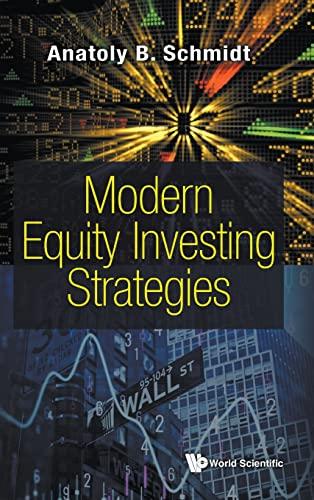Answered step by step
Verified Expert Solution
Question
1 Approved Answer
Humble Manufacturing is interested in measuring its overall cost of capital. The firm is in the 2 1 % tax bracket. The company s financial
Humble Manufacturing is interested in measuring its overall cost of capital. The firm is in the tax bracket. The companys financial analysts have gathered the following data:
Debt: The firm can raise debt by selling $ par value, coupon interest rate, year bond on which annual interest will be made. When bonds are issued, their market price would be $ The firm must also pay flotation costs of $ per bond.
Preferred Stock: The firm can sell annual dividend preferred stock at $ per sharepar value. Analysts expect the cost of issuing and selling the preferred stock will be $ per share.
Common Stock: The firms common stock is currently selling for $ per share. The firm expects to pay cash dividends of $ per share next year. The firms dividends have been growing at and this growth will continue in the future. The stock will have to be underpriced by per share, and flotation costs amount to $ per share.
Retained Earnings: The firm expects to have $ of retained earnings available in the coming year. Once the firm exhausts these retained earnings, it will use new common stock as he form of common stock equity financing.
Calculate the individual cost of each source of financing round to the nearest
Calculate the firms weighted cost of capital WACC assuming the equity financing comes from retained earnings and using the target weights shown in the following table round to the nearest Given the target weights, what is the total financing that Humble Manufacturing can raise from all sources assuming that it exhausts its retained earnings but does not issue new common stock equity. Next, recalculate the WACC assuming that the firm has exhausted its retained earnings and must issue new equity common stock to raise the additional funds
Source of Capital Weight
Longterm debt
Preferred Stock
Common Stock Equity
In which, if any, of these investments shown in the following table do you recommend that the firm invest? Explain your answer. How much new financing is required?
Investment Opportunity Expected Return Initial Investment
A $
B $
C $
D $
E $
F $
G $
Step by Step Solution
There are 3 Steps involved in it
Step: 1

Get Instant Access to Expert-Tailored Solutions
See step-by-step solutions with expert insights and AI powered tools for academic success
Step: 2

Step: 3

Ace Your Homework with AI
Get the answers you need in no time with our AI-driven, step-by-step assistance
Get Started


